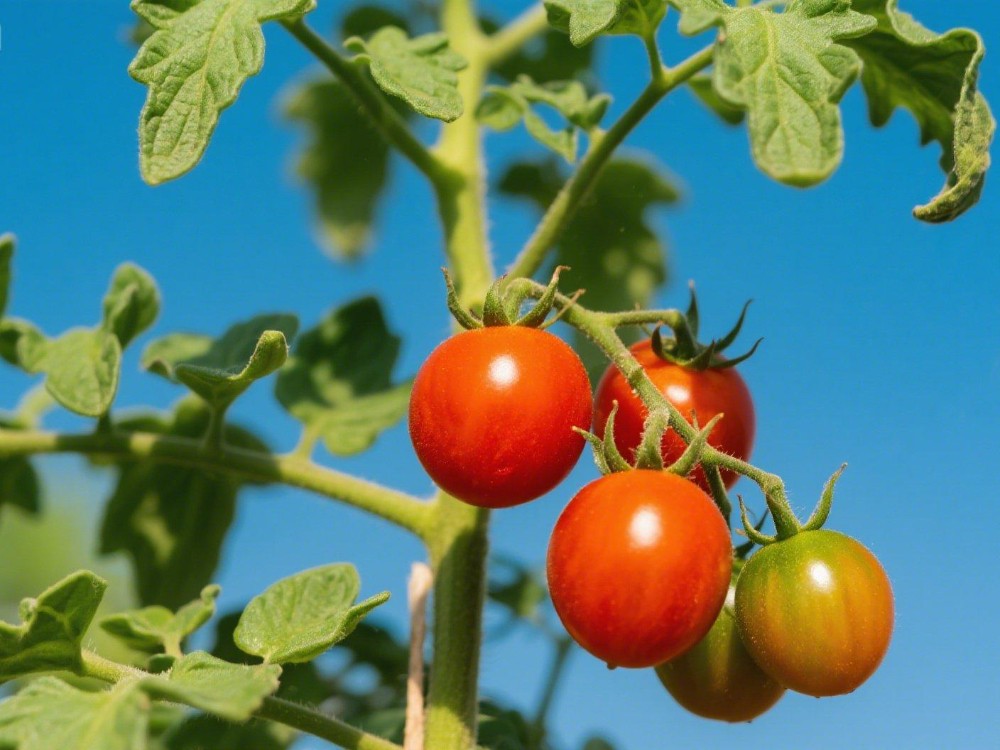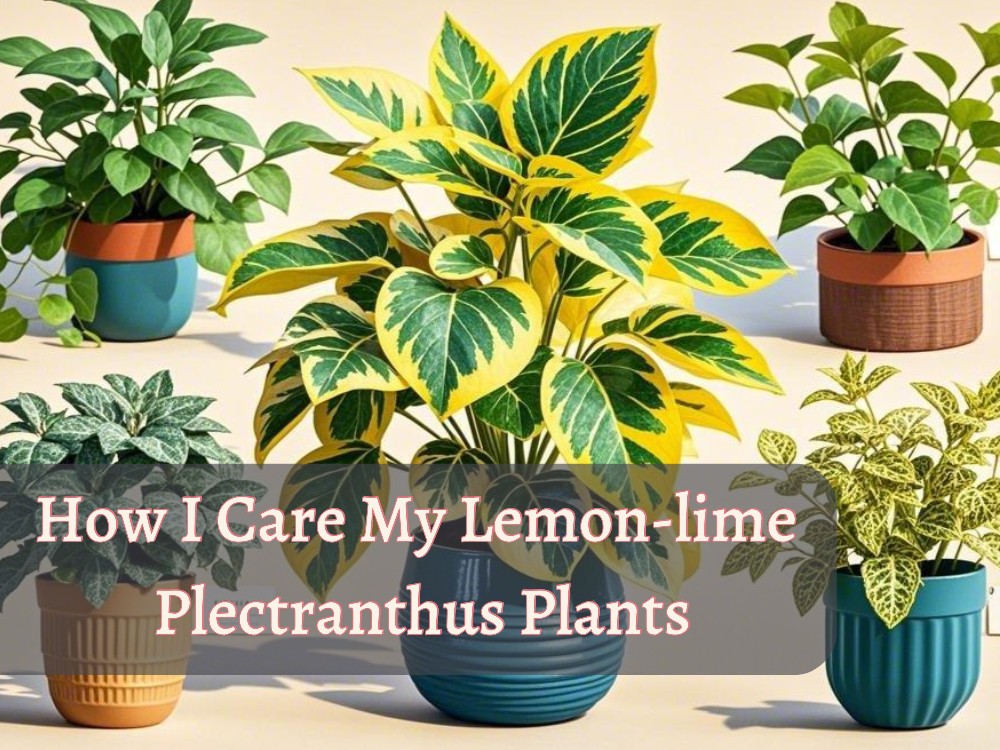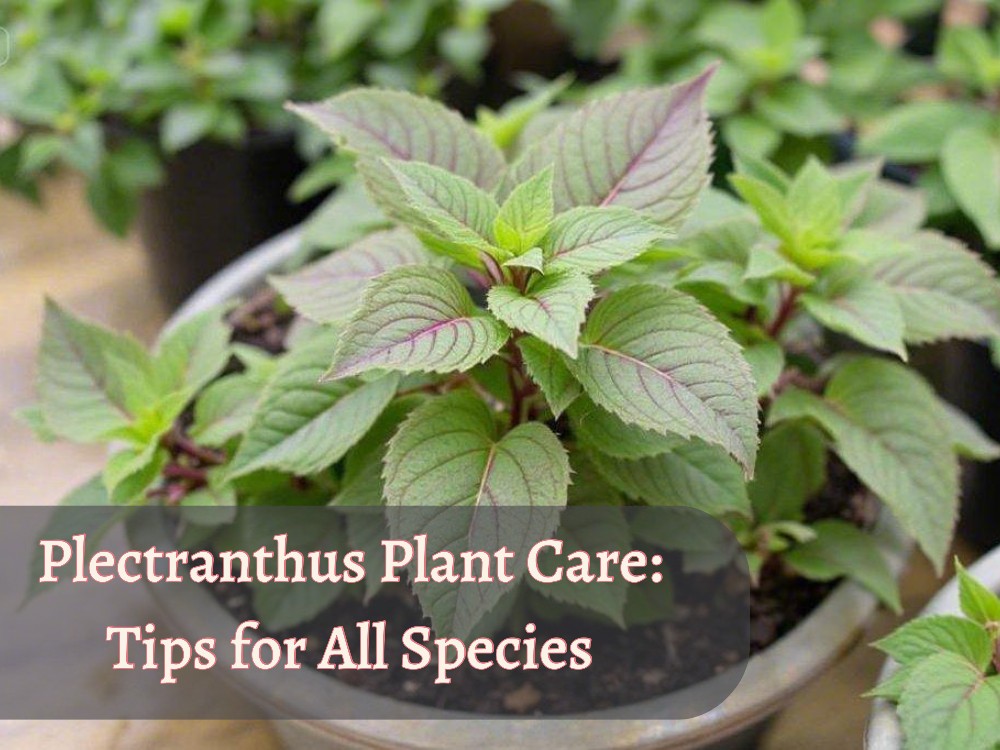When planting tomatoes, we all think about getting a continued harvest, right? At the same time, the question of Whether tomato plants are annual or perennial arises to understand the truth behind it.
Actually, environmental factors play a big role in plant growth. A plant’s genetic traits are written in its DNA. However, life span and growth behavior are highly influenced by the climate of a specific area.
That point appears in the answer of “Is tomato perennial or annual”! Today, Keeping genetic observation and climate impact in mind, I will clarify if tomatoes are perennial, then why and how they grow annually (within one season).
Basic Definitions: Annual plants complete their life duration within one year, while perennials grow year to year. Here’s one thing that needs to be understood: a genetically annual plant cannot change into a perennial or biennial (thrive within 2 years), while genetically perennial plants are being changed into annual or biennial behavior due to environmental impact.
Are Tomato Plants Perennial or Annual? Underlying Reality
Tomato (Solanum Lycopersicum) is natively and genetically perennial. It was found naturally in Western South America, including the Andes mountains of Ecuador, Peru, Bolivia, and Chile, where native varieties thrive as a perennial until today.
The truth behind the existence of a tomato perennial is its tendency to frost. Being a tomato native to South America is a historical reality, but today’s performance is dependent on the current climate and geography.
Because of this, we cannot say with certainty that tomatoes will grow in South America the same way as they thrived there centuries ago. The climate of any area changes from century to century due to nature and human activities.
Anyway, the tomato still demands the same growing conditions, and if its ideal conditions are provided according to its genetic disposition, it absolutely will grow for more than one year.
The Role of Climate on Being Tomato As Perennial or Annual

Being tomato perennial or annual is the result, which emerges due to the combined effects of all environmental characteristics. From those factors, the growing season and winter frost period mainly decide whether your tomato plant will grow perennial or annual.
Tomato plants are very sensitive to frost, and that tendency forces them to grow as annual. Because of this, it is also called a “tender perennial”, meaning if the climate of any area experiences mild winters, tomato may give you continued harvest for more than one year.
Short Growing Season With Winter Frost
Growing tomatoes for more than a year seems impossible in areas that experience severe frost, such as Canada, Northern Europe, and Alaska (USDA zones from 1 to 8 offer place annual growth of tomatoes).
If the temperature drops below 0C, especially during the night, and stays for a long period, the tomato plant may freeze and die completely.
However, the tomato plant may stay mostly alive in semi-dormancy conditions, where the winter daytime temperature stays between 5C to 10C and nighttime stays above 0C, for example, from USDA zone 9b to 10b, which generally found in south Texas, southeast Florida, central to north California, and central to west Arizona.
It will only protect roots under the soil to regrow as the last frost ends. But remember, protection is critical in this situation:
- Cover outdoor established plants with a frost blanket or cloth.
- Otherwise, move it indoors or keep it in the greenhouse if it is growing in pots or containers.
- Apply the compost layer and then keep 5 to 6 inches of straw on it.
- Pour water into black bottles and keep them around the tomato plant in the mini greenhouse.
- If possible, try a soil heating cable to keep the soil warm and tomato roots warm.
Long Growing Season With Mild Winters
On the other hand, where winters are not more intense, and temperatures often stay above 0 Celsius, such as in some parts of South America, South India, and the Mediterranean region (USDA zones 11 to 13), tomatoes can be grown there as a perennial, provided that:
- Night time temperature stays between 4 to 12C
- Daytime temperature stays between 10 to 20C
- Soil is not wet and waterlogged.
By the way, there winter protection is less required compared to colder areas, but mulching and protecting tomato plants from occasional frost would be helpful to keep alive them.
Areas with long growing seasons may also experience a maximum temperature of 35C or above! In this condition, tomato flowers drop, and the whole plant is stressed.
Here are steps to overcome summer heat from the University of California!
Note: If the tomato plant is protected from severe frost, its growth cycle may be continued, but future yields will be lower than the first year. Because of this, large-scale farmers usually grow tomatoes as an annual plant.
The Role of Tomato Varieties on Being It’s Perennial or Annual?

Without the climate of any region, tomato variety is also a considerable factor in deciding whether it will grow year-round or not. It is not a complete factor but an indicator that helps to examine the trend of being a perennial in different tomato varieties.
Heirloom and Wild Tomatoes
Native tomatoes, such as Heirloom and Wild varieties, have existed without any change for generations. These naturally found varieties mostly belong to warmer and frost-free areas, such as Western South America and Galapagos Island.
Because perennial trends have been seen in several wild tomatoes, such as the Galapagos Tomato (Solnam Cheesmaniae) and Currant or pimp tomatoes (Solanum pimpinellifolium).
Since heirloom varieties have an indeterminate growth habit (long and vine-type), they continue their lifecycle for many months or years if planted in a suitable climate (warmer with mild frost).
However, heirloom varieties are more prone to disease than hybrid types, so their survival rate may be down due to intense or unexpected changing weather.
Hybrid or Mixed Varieties
Until today, hybrid tomato varieties are developed with two pure varieties through hybridization (Artificial cross-pollination) for any specific purpose in their growth and yield, unique taste and size, ability to resist disease and high production.
The real focus is usually on its commercial routine, so these hybrid varieties are prepared for short-term performance, meaning annual. Their growth habit is mostly determinate (compact, best for limited spaces). For example, Celebrity (F1) and Roma VF (F1) are determinate tomatoes designed for one year of healthy harvest.
However, some hybrid varieties are also counted in the indeterminate group, such as Better Boy (F1), Big Beef (F1), and Sungold (F1). If these are planted in warmer and frost-free areas, they may also show a perennial trend.
Why are Tomatoes Grown as Annual in Most Places
Although tomato plants are perennial, many reasons support growing them as annuals.
- The first is the frost that comes between growing seasons. The minimum temperature range of any area helps us discover whether tomato plants will survive more or not. (USDA hardiness zones) Tomato plants slow growth under below 10C temperature, and if this temperature reaches more below, even at 0 Celcius, they may die completely.
- The second reason is to protect them from pests and diseases. Because perennial growth of tomatoes, especially of pure native varieties are prone to disease.
- Hybrid varieties less tolerate frost duration than native varieties. Therefore, modern breeding tomato varieties are mostly not grown year-round.
- The last and more considerable reason is the lower yield in the second year compared to the first year.
From all of these, frost and lower yield are the main reasons. That is why gardeners, especially commercial farmers grow tomatoes annually. These same factors make the tomato an annual plant for market purposes.
Can I Grow Tomatoes as Perennial?
As a home gardener, growing tomatoes year-round is possible, but you will have to face difficulties during their long-term growth. The first challenge is pests and diseases, which seem to me like a helpless war.
Tomato plants start attracting them more if it is growing in the same place during multiple seasons.
Moreover, multiple reports describe that although tomato plants can live for more than one year, in the second year, their yield and production are apparently reduced.
For example, if we keep a one-year-old tomato plant indoors during the frost period, it will not produce fruit but stay alive under the ground to reflourish in the next spring. Additionally, lack of light, increased disease pressure, and temperature fluctuation affect tomato growth and production.
However, in some situations, such as a greenhouse, or controlled indoor environment, tomato plants may fruit in the next year, but either come late or are in a small quantity.






